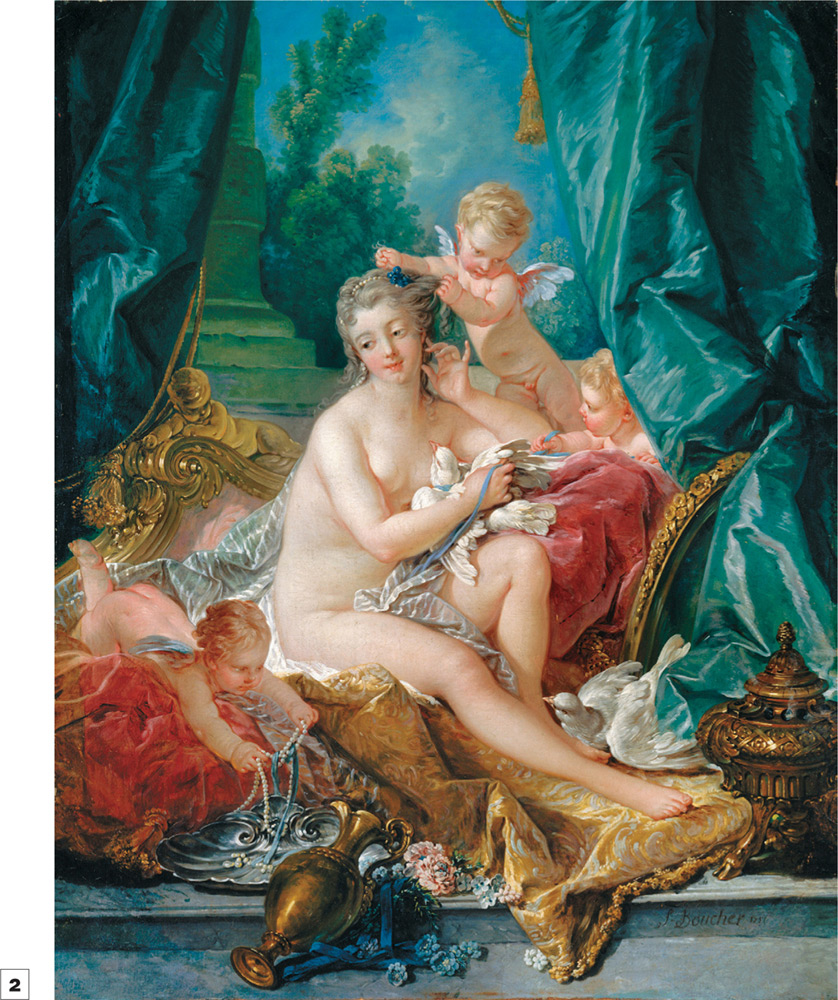 Anselm Kiefer (1945–)
Anselm Kiefer (1945–)Dein aschenes Haar Sulamith, 1981, Oil on canvas with collage, 51 5/8 × 66 7/8 in (131 × 170 cm)
AN ESSENTIAL ATTRIBUTE AS AN EXPRESSIVE ELEMENT
Both sculpture and painting allow for the creation and use of texture, a feature that can be central to the sense of an artwork. In addition, the art of painting allows for the depiction or reproduction of textures. The sensual excitement afforded by texture, whether real or perceived, is increased by the presence of multiple textures. The experience of variety, of moving from one texture to another, allows for the comparison of rough with smooth, shiny with dull, granulated with grooved.
Sculpture offers the greatest opportunity in deploying texture as an expressive element. David Smith (1906–65), for example, would often use a handheld grinder to create a highly dramatic and sometimes brutal texture on his works in steel.
Painting offers the opportunity to manipulate both real texture on the surface of the painting and depicted texture within the picture. Prior to the late nineteenth century, the prevailing convention in Western art was to make paintings with smooth surfaces. Many artists, however, embraced texture as a subject. The eighteenth-century French painter François Boucher (1703–70) used multiple textures in his Toilet of Venus. Satin, silk, velvet, flesh, polished metal, and stone are included, making a great contribution to the sensual nature of the work.
The manipulation of the surface texture of painting begins with Impressionism, when thick brushstrokes of broken color make a more assertive surface than traditional techniques. The Postimpressionists, in particular Van Gogh, began to deploy much heavier paint, displaying an entirely more physical brushstroke than previous painters.
In the twentieth century, abstract painters quickly recognized the creative possibility of texture. Both Picasso and Braque built textures into their Cubist works, through techniques of collage and through texturing areas of paint by combing it or otherwise working it. In postwar art, many of the American Abstract Expressionists incorporated texture in their work both by building heavy surfaces and by deploying additives, such as sand or other materials. In recent years, perhaps the most dramatic use of texture has come from the German artist Anselm Kiefer (1945–), whose large-scale works have deployed everything, including poured lead, rocks, stone, and tree branches, to create immensely powerful textured surfaces.
 Anselm Kiefer (1945–)
Anselm Kiefer (1945–)
Dein aschenes Haar Sulamith, 1981, Oil on canvas with collage, 51 5/8 × 66 7/8 in (131 × 170 cm)
 François Boucher (1703–70)
François Boucher (1703–70)
Toilet of Venus, 1751, Oil on canvas, 42 5/8 × 33 1/2 (108.3 × 85.1 cm)
